You are here
» LocationsLocations
Foresa has 5 centres located in Spain, France and Portugal.
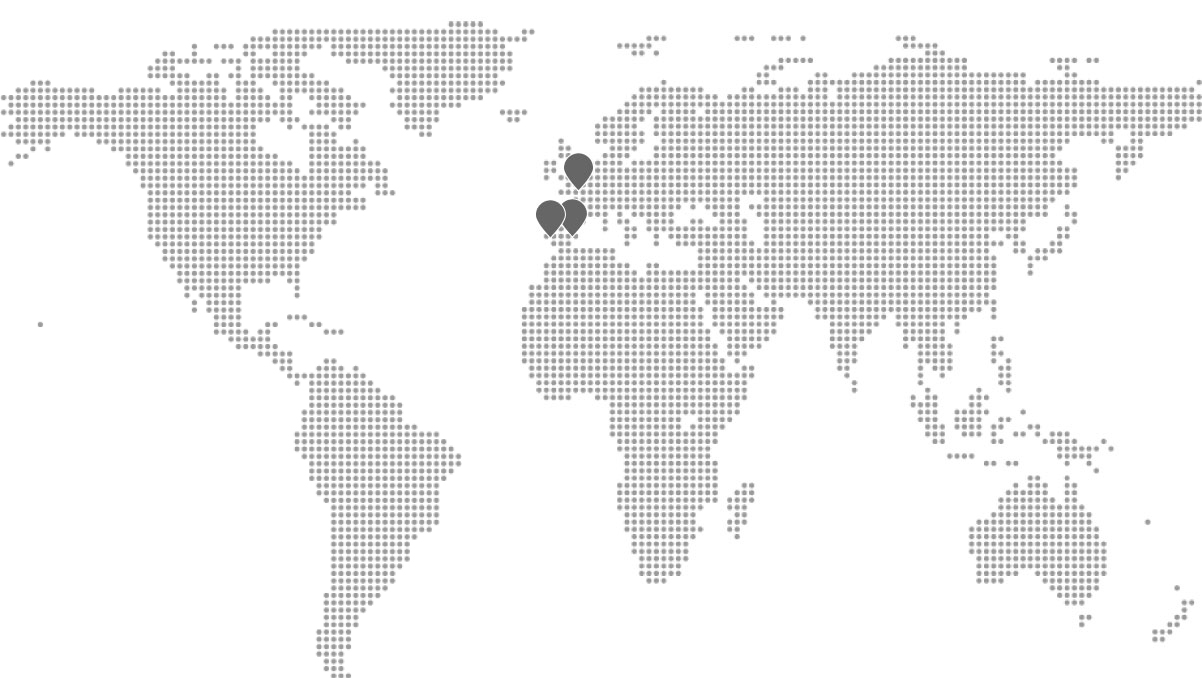




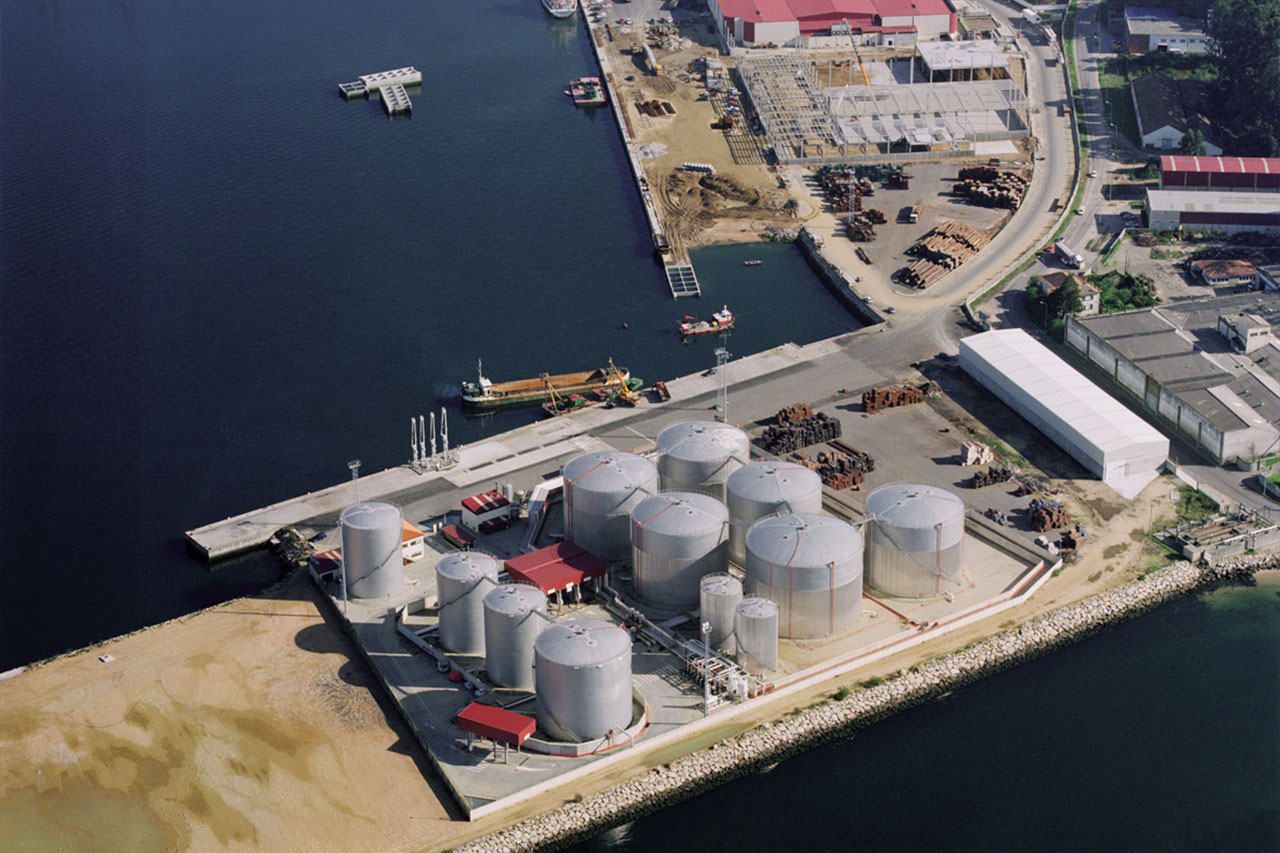
Vilagarcía Terminal
Muelle del Ferrazo s/n
36600 Villagarcía de Arosa
PONTEVEDRA-ESPAÑA (SPAIN)
OUR ENVIRONMENT
At Foresa, we care for and protect our environment. Our company is located in fantastic communities, each with their own history and present. We invite you to discover them and to take advantage of your next visits to enjoy them, their nature, their architecture, their cuisine and their people.
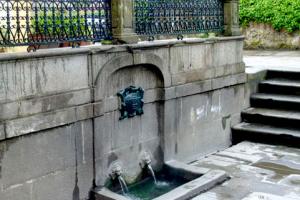
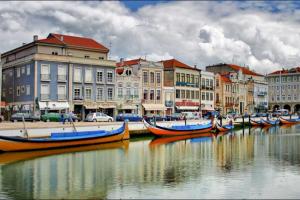
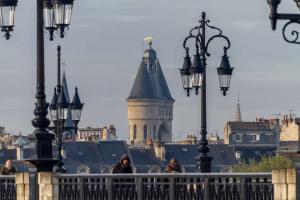
FORESA ESPAÑA
Foresa España has three centres located in Caldas de Reis, Vilagarcía de Arousa and Santiago de Compostela.
CALDAS DE REIS
Caldas is located in the north-west of the province of Pontevedra, on the banks of the river Umia. It is part of "Comarca de Caldas," also known as" Comarca do Umia," formed by the municipalities of Caldas de Reis, Cuntis, Moraña, Catoira, Valga and Portas. Caldas is its capital and most populous municipality.
In ancient times, Alfonso de Borgoña, grandson of Alfonso VI of León and Castile and son of Urraca I of León and Castile was born in this town. He would be crowned Emperor as Alfonso VII of León, which is why the town in called Caldas de Reyes.
On the banks of the Umia, right at the heart of Caldas, we can find one of the most attractive places for tourists. It is the centennial Garden, with around sixty species of trees and shrubs from the five continents. It is considered one of the most interesting botanical collections in the province, and was officially declared a "Picturesque Site" in 1962. Upstream (about 2 km away), the river culminates with a large waterfall.
The Way of St. James
Caldas de Reis is the end of stage 4 (km 23) and the start of stage 5 of the Portuguese Way of St. James from Tui. It is common to find throughout the year, especially from spring to autumn, an atmosphere filled with pilgrims who walk across the town, its old quarters and its parks, and recover their strength by soaking their sore feet in its hot springs.
Hot Springs
Hydrotherapy is so present in all the pages of the history of Caldas that even its name has always reflected this phenomenon.
The water that for centuries has heated the minerals and springs from the bowels of the earth, offering its healing properties for the body and mind, is the most important resource in the birth and development of Caldas de Reis.
The mineral-medicinal waters of Caldas belong to the group of hyperthermal sodium-chloride sulphur waters. From the point of view of medical hydrology, this type of water is, both for its temperature and its composition, the most interesting of the whole mineral-medicinal spectrum.
The waters of Caldas are indicated for respiratory, rheumatic, skin, gynaecological and surgical conditions. On the other hand, the As Burgas public fountain, with its typical open-air setting, allows the oral consumption of water for curative purposes.
The thermal town has two spas ("balnearios"). Balneario Acuña, which is operates in a typical Galician building form the early 20th century, and Balneario Dávila, which has a beautiful reed bed with bamboo plants, the only one of its kind.
Places to visit

AS BURGAS FOUNTAIN:
Location: 42º 36´ 13" N - 8º 38´35 " W
The long tradition of the hot springs of Caldas de Reis goes all the way back to the Roman period. The composition of these waters provides them with healing properties.
This fountain belongs to a category known as "fontes de cano," which have two outlets decorated with lion heads, located at the outlet of the spring, at a lower level to ensure a higher pressure.
It is built in an enclosure whose ornamental elements have neoclassical features. Very close to it we find the wash-house, which is supplied by the same hot water spring.
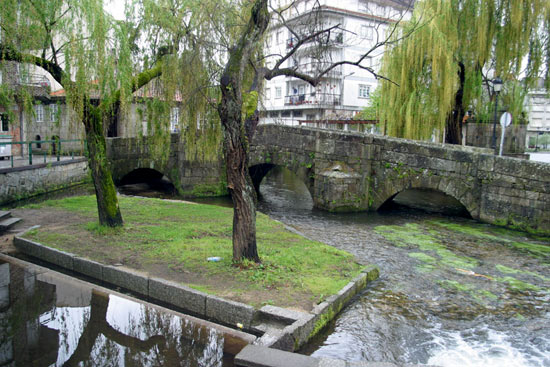 BERMAÑA BRIDGE
BERMAÑA BRIDGE
Location: 42º 36´ 22 " N - 8º 38´43 " W
It is a masonry bridge over the river Bermaña, in the centre of Caldas de Reis. It is part of the Portuguese Way of St. James. Before that, it was part of an old military Roman road, which crossed Aquis Celenis.
It has three round arches and triangular cutwaters. In the middle there is a stone parapet and a typical cross from a later period (possibly from the 17th century, when the bridge was repaired).
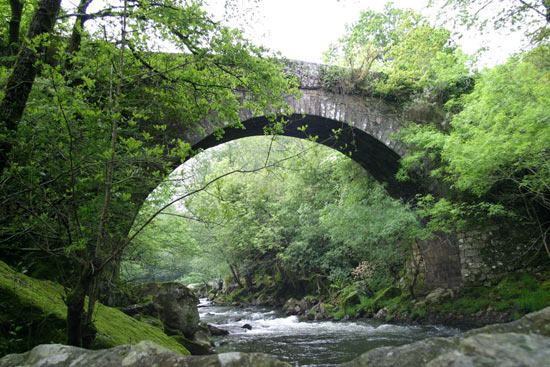 SEGADE BRIDGE
SEGADE BRIDGE
Location: 42º 36´ 27,50"-N - 8º 37´17 " W
Single-arch Roman bridge of A Baxe, from the 1st century, located in Segade, two kilometres away from Caldas, which was part of the inner road from Tui to Caldas. The remains of this road are perfectly visible on the route that leads to the bridge. The bridge was subject to a major renovation, promoted in 1729 by the local parish priest. [That date is on the cross that was close to the bridge when it was renovated, and was then taken to the church hall (San Andrés)]
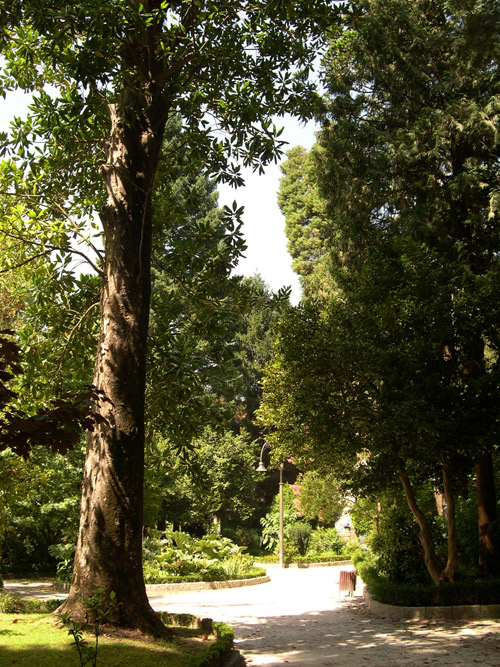 PARK - BOTANICAL GARDEN AND "CARBALLEIRA"
PARK - BOTANICAL GARDEN AND "CARBALLEIRA"
Location: 42º 36´13" N - 8º 38´20" W
In the urban centre of Caldas de Reis.
By the river Umia.
It was declared a "Picturesque Site and Historical Garden" by a Decree dated 5 September 1962
The "Carballeira" and the Garden Park are Assets of Cultural Interest (BIC) and, in addition to their natural content, they serve as a meeting place for various events throughout the year, such as the festivities of the patron saint and, especially, the Cultura Quente and Kaldarte music festival.
"Gran de Área 2012" Prize of the "Colegio Oficial de Arquitectos de Galicia" (Association of Galician Architects), awarded jointly to the City Council, as promoter, and to the architectural studio Cerreda y Lorenzo Arquitectos.
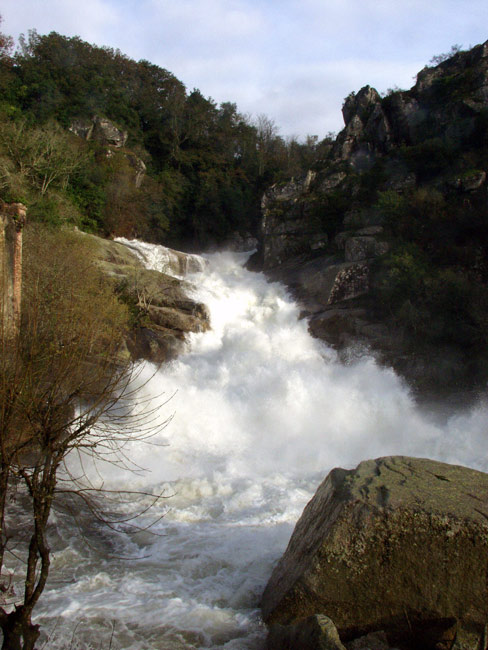 SEGADE WATERFALL AND PROMENADE
SEGADE WATERFALL AND PROMENADE
Location: 42º 36´26" N - 8º 37´22" W
Next to the road that goes to Cuntis.
At the bottom of the waterfall there are some remains of an old hydroelectric plant, known as the "light factory." A well-arranged "promenade" runs along the river Umia.
SANTIAGO DE COMPOSTELA
Santiago de Compostela is a stone city nestled between the forests of the Spanish Northwest and the nearby Galician estuaries. It was initially a crossing point close to a Roman road, but the discovery of the tomb of Saint James the Apostle at the beginning of the 9th century gave rise to a place of worship in the far reaches of a peninsula that, at the time, was dominated by a Muslim invasion. Since then, pilgrims have been walking from all across Europe to Santiago, the holy city of Christianity, where the grace of full absolution awaits them. There arose a Romanesque cathedral that, over the centuries, wanted to add the sobriety of the Renaissance and the majesty of a Baroque that eventually outlined the monumental image of the city, marked by the granite of its monasteries, its pilgrim hospitals, its numerous churches, its manor houses and its squares.
We should also highlight its University, with more than 500 years of history, which gives the city an academic atmosphere, with 30,000 students enrolled each year.
Places to visit
Monumental complex
The Cathedral, together with the four squares that surround it - Obradoiro, Quintana, Inmaculada and Praterías - and the main historical streets are a must-see for visitors, but there are other jewels that nobody should leave out of their tourist itinerary.
We highly recommend a visit to the roofs of the cathedral, from which you can enjoy a different view of the city. We also recommend a visit to Plaza de Abastos (Farmers Market) where, besides its architecture, you can enjoy the morning atmosphere of the numerous stalls with fresh food products, and even taste fish, seafood, octopus or a typical dessert.
http://www.santiagoturismo.com/monumentos
Parks and Gardens
Discover the different parks of the city, some with a mysterious aura, like Parque de Bonaval, and others with hidden secrets, like Parque de la Alameda and its "love seat." Others still are joyful and full of life, such as Parque de Galeras or Parque de la Música.
http://www.santiagoturismo.com/parques-e-xardins
Museums
The city has a wide variety of museums, most notably the Museo do Pobo Galego, which allows visitors to delve deeper into the history and culture of the Galician region.
http://www.santiagoturismo.com/museos
Social and cultural life
It is worth highlighting the atmosphere that runs through the streets of the city. You should not miss the opportunity to drink some wine and grab a bite in Rúa do Franco, in the surroundings of Plaza de Abastos, especially at noon when there is a swarm of buyers, sellers and visitors, and have a drink in some bar where you can easily find concerts, organized or improvised, as there is always a bagpipe and a tambourine ready for a good revelry somewhere.
http://www.santiagoturismo.com/que-facer
VILAGARCIA DE AROUSA
Vilagarcía de Arousa, capital of Ría de Arousa and natural port of Santiago de Compostela, offers its visitors numerous choices to fully enjoy their stay. Landscapes, beaches, parks and gardens, viewpoints, country houses, cuisine and wineries are just some of its attractions.
You can get a first impression of Vilagarcía by walking across its urban centre, structured between the parishes of Carril, to the north, and Vilaxoán, to the south. Or maybe with a spectacular view from one of its four viewpoints: the ones in mount Meda, mount Xiabre, Carril and mount Lobeira.
Beaches and Gardens
Surrounded by the sea, you can discover its beaches - A Concha and Compostela -, which are safe, comfortable, spacious, clean and awarded the Blue Flag.
The urban centre, structured between the communes of Carril and Vilaxoán, has numerous parks and gardens that invite you to relax; on the other hand, the seaside promenade is the ideal place to go for walk or ride a bike or maybe contemplate the activity of the port from one of the numerous bars and restaurants you'll find there.
BRESFOR
Bresfor's facilities are located in Gafanha da Nazaré, a parish belonging to the municipality of Ílhavo in the district of Aveiro.
Among its peculiarities, we can mention the importance of its cod-fishing harbour and its salt pans.
Aveiro, the district to which this region belongs, is a city strongly linked to tourism. It is known as the Portuguese Venice for its estuary canals that can be explored by taking one of typical and beautifully coloured "moliceiro" boats, from which we can discover the city from a different point of view.

Aveiro is also known for its Modernist buildings, located mostly along the banks of the estuary, the main canal, and other areas of the city which are outside the traditional routes. There are also the "palheiros," the wooden houses with colourful stripes from Costa Nova, and the immense, beautiful and also wild beaches. And the São Jacinto Dunes, which are part of a natural reserve.
 The Costa Nova "palheiros" enchant travellers with their colours and originality. © jfvillarroel
The Costa Nova "palheiros" enchant travellers with their colours and originality. © jfvillarroel
As for the cuisine, you can enjoy a good dish of fresh charcoal-grilled fish, pickled eels or a "caldeirada" (a traditional stew), and for dessert, some "ovos moles," true delicacies of Portuguese cuisine.
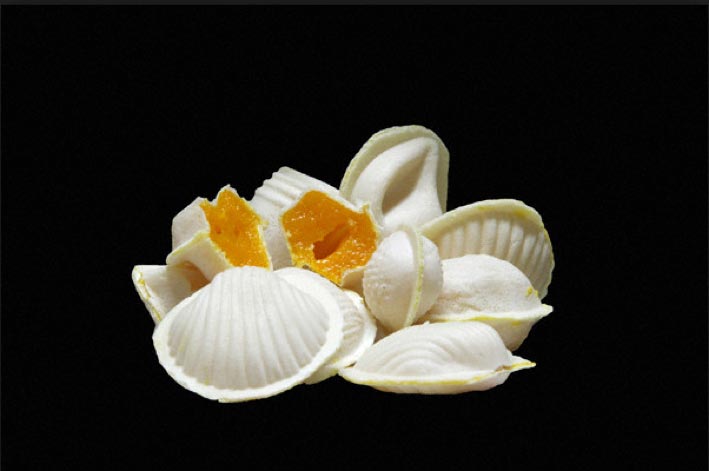 Ovos Moles
Ovos Moles
FORESA FRANCE
Foresa France's facilities are located in Carbon Blanc, a town in south-west France that belongs to the department of Gironde, district of Bordeaux.
The factory is located about 15 km away from the centre of Bordeaux, also known as "Little Paris" for its exceptional 18th-century architecture, which also earned it the Unesco World Heritage site status.

Bordeaux, for many the world capital of wine, offers its visitors a wide variety of cultural, gastronomic and entertainment experiences in general, many of them related to the world of wine, such as the Wine Museum, which has become one of the top attractions of the city.
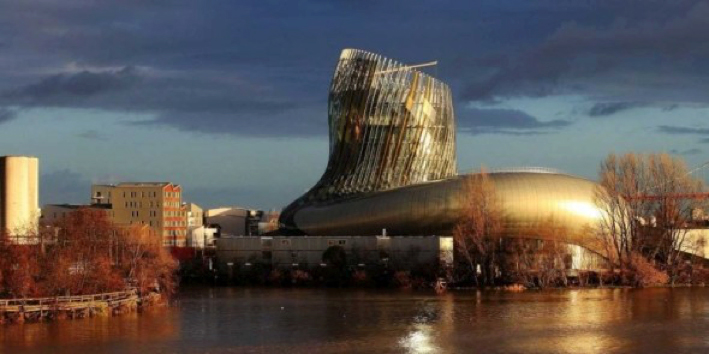
Bordeaux Essentials
- The Esplanade des Quinconces, the largest square in Europe in the centre of the city.
- The façades of the Quays, the riverside promenade, river tours and picnic areas.
- The Grand Theatre, the Palais Rohan, the Palais de la Bourse, 18th-century masterpieces.
- The cathedral and two basilicas included on the UNESCO World Heritage List.
- The squares of old Bordeaux, the artisan shops and the café terraces.
- The Golden Triangle, its 4-season market and its luxury stores.
- Sainte Catherine Street and its large companies.
- The Chartrons district, its antique shops, second-hand dealers and art galleries.
- The Saint Michel district and its Flea Market.
- The many museums.
- The top of the Pey-Berland Tower: it is worth climbing up its stairs to enjoy great views of the city.
http://www.burdeos-turismo.es/Descubrir-Burdeos/TOP-IMPRESCINDIBLES

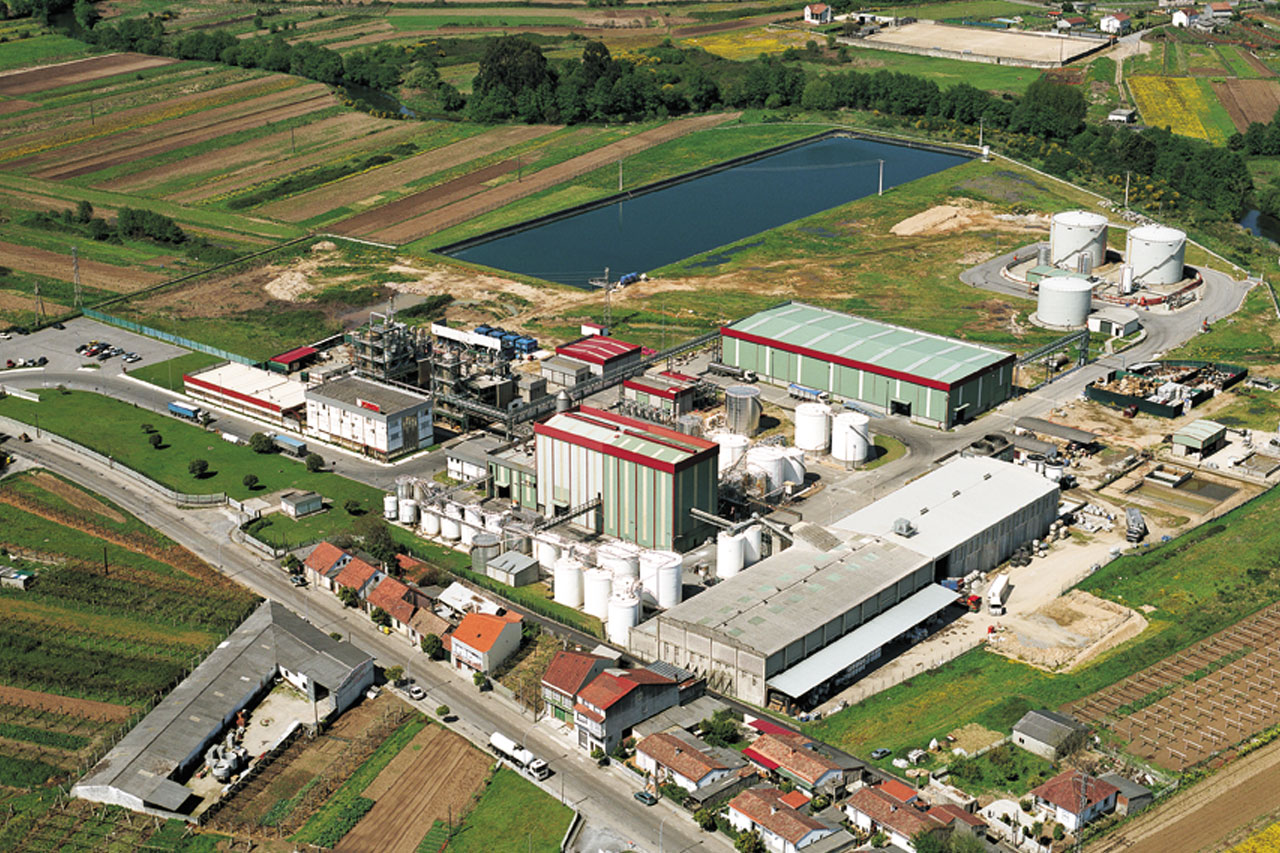
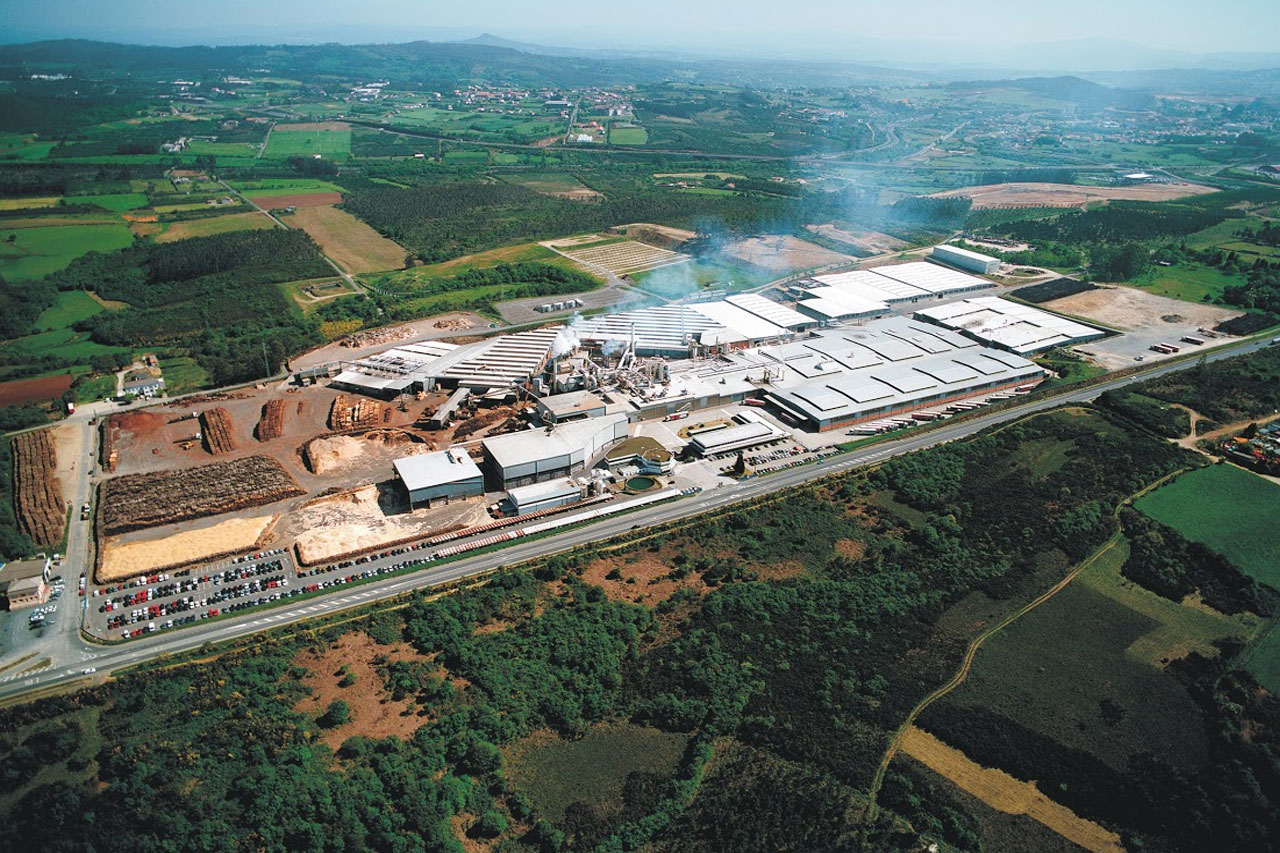
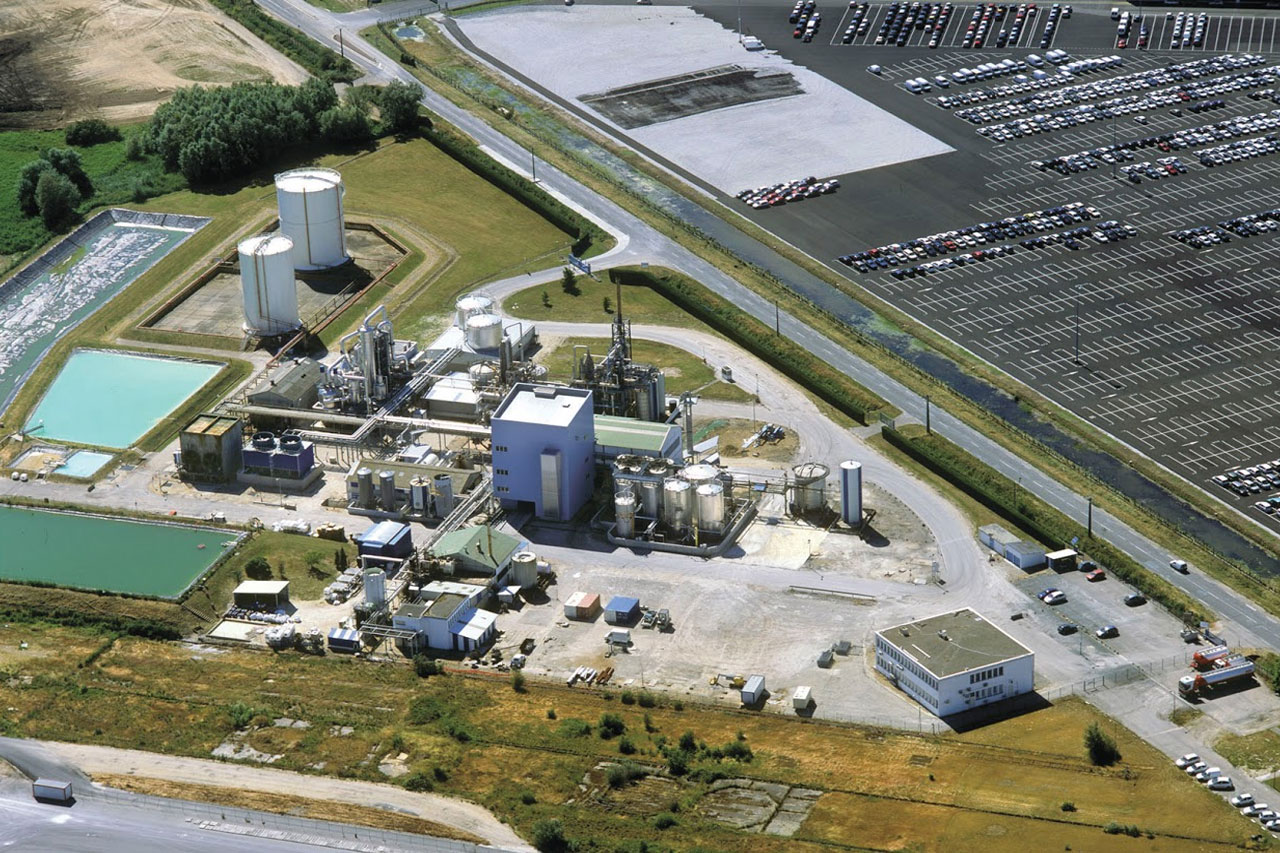
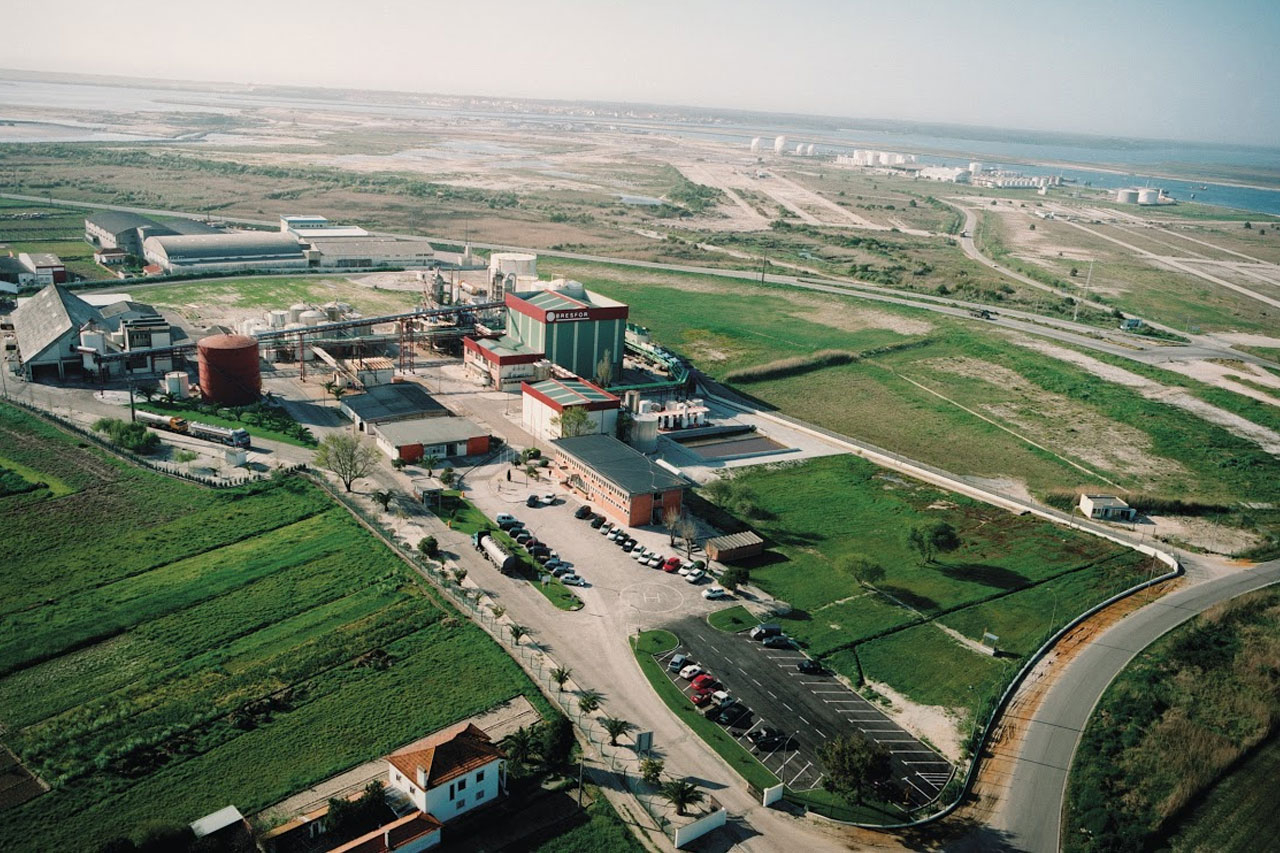


















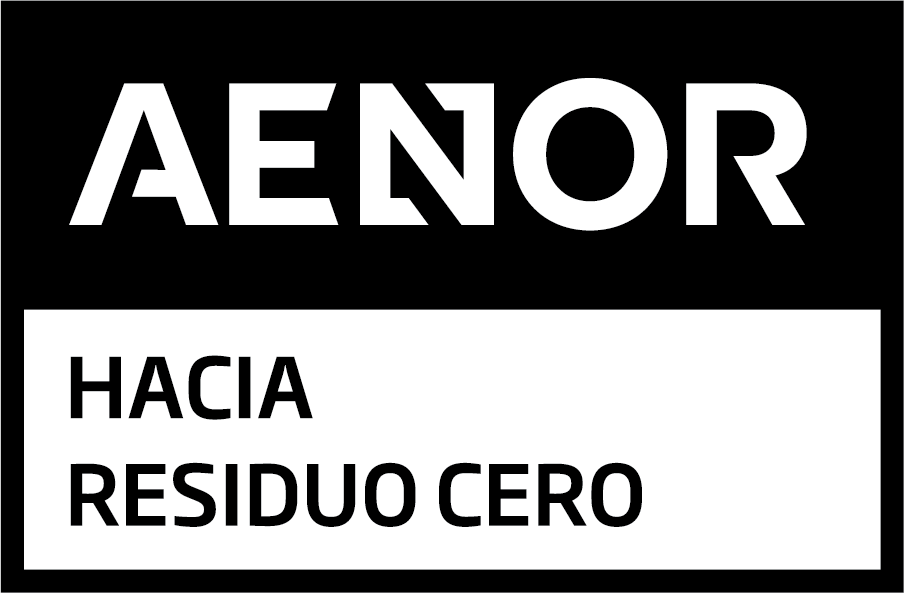


 Instituto Enerxético de Galicia Año 2024
Instituto Enerxético de Galicia Año 2024